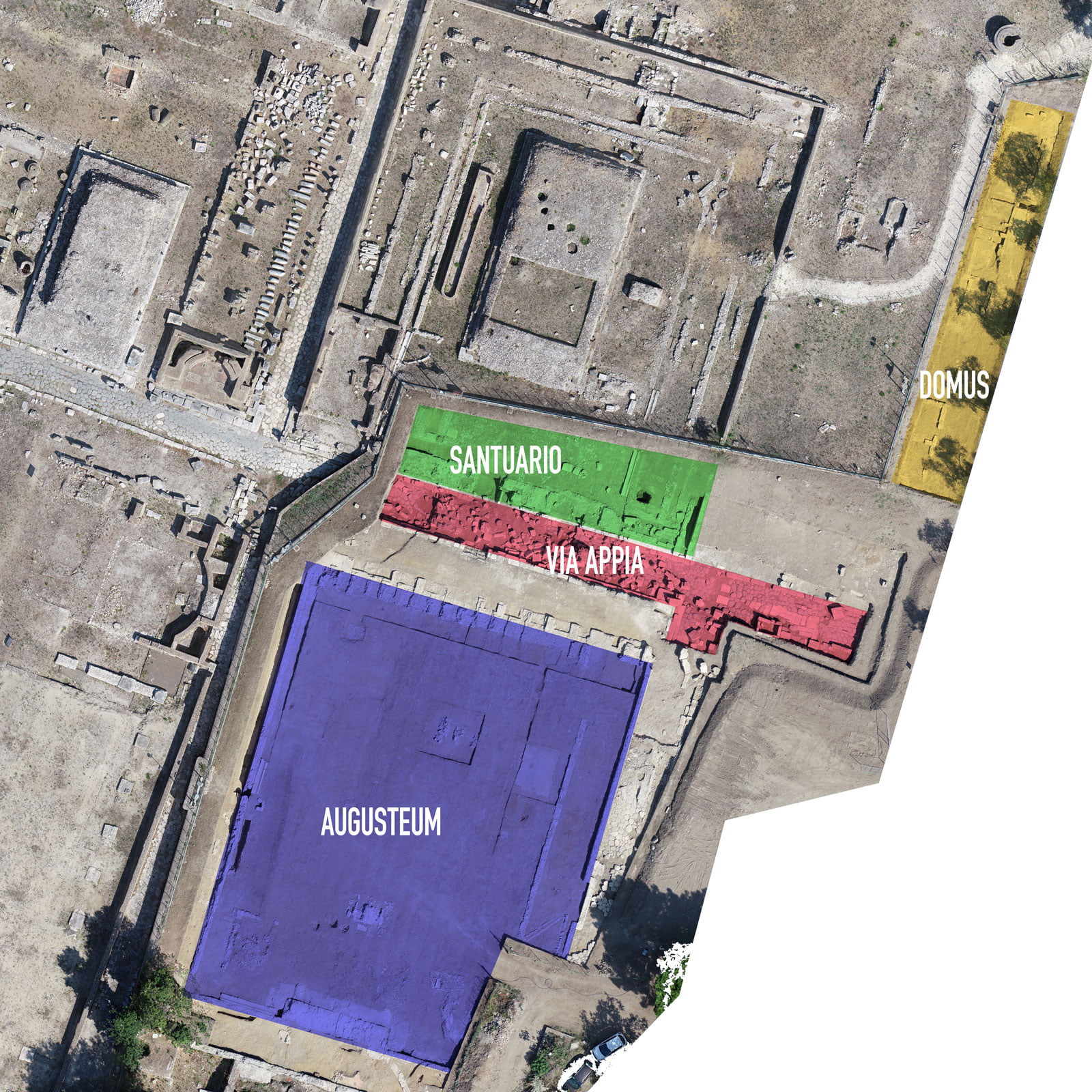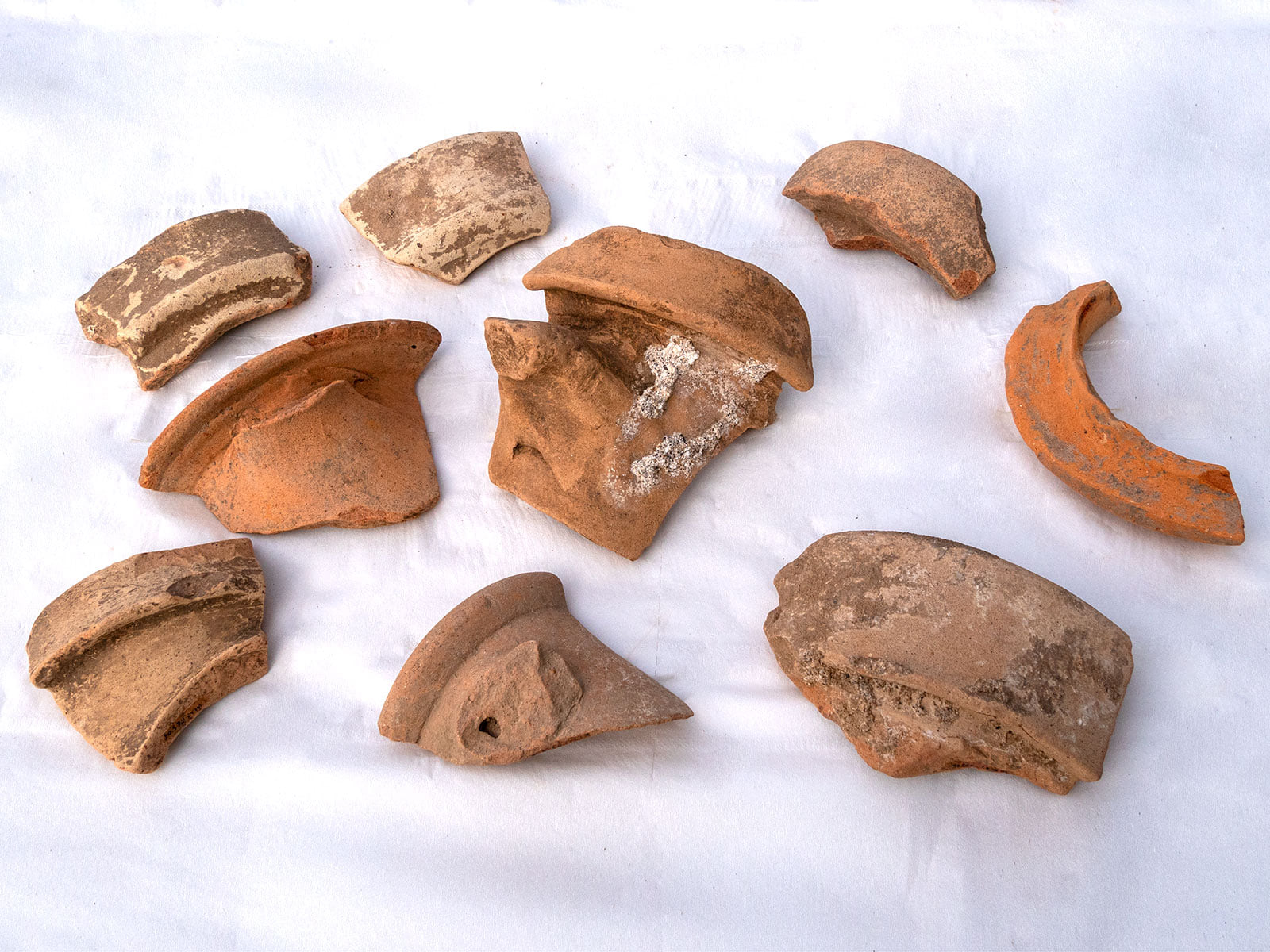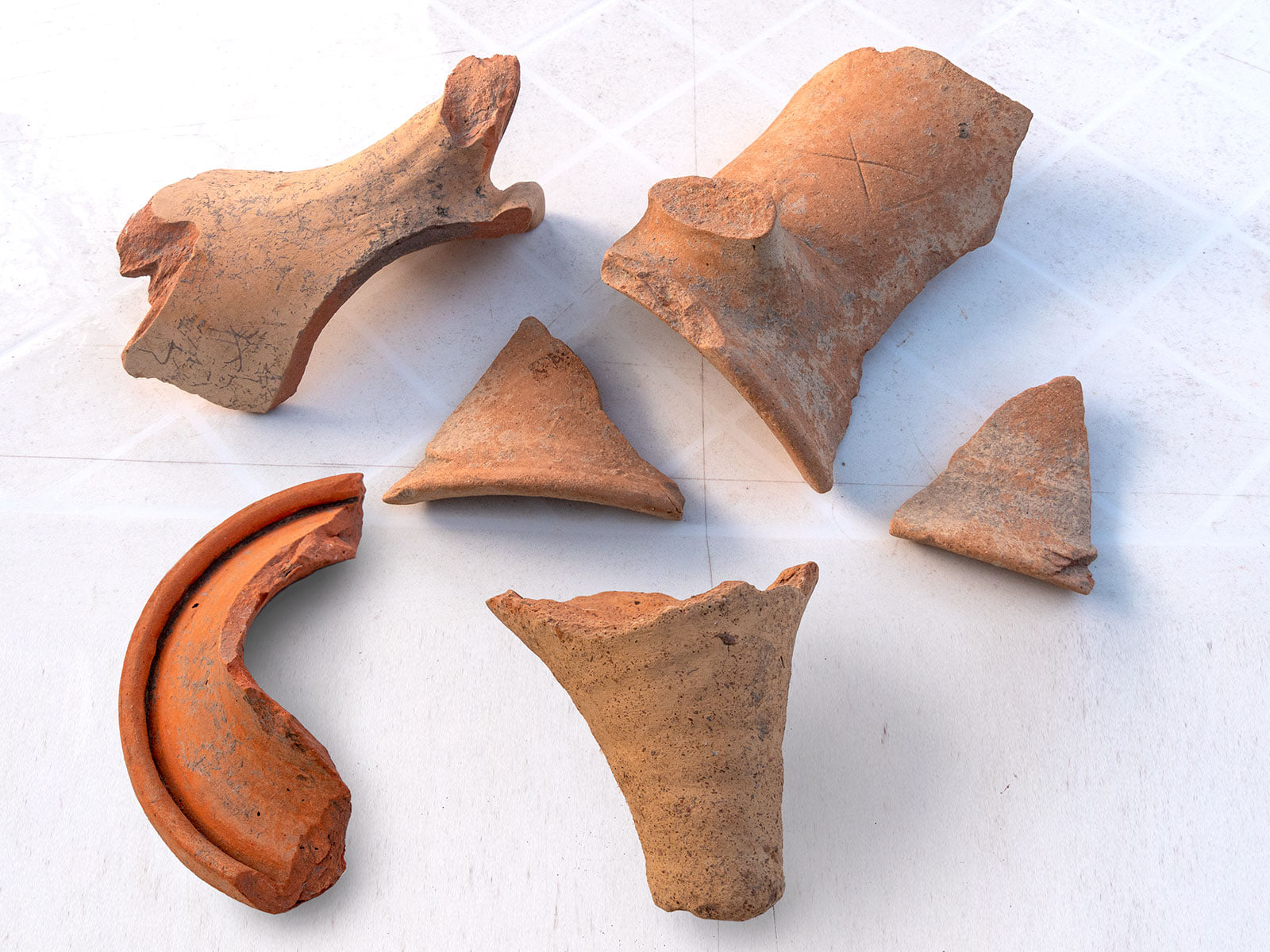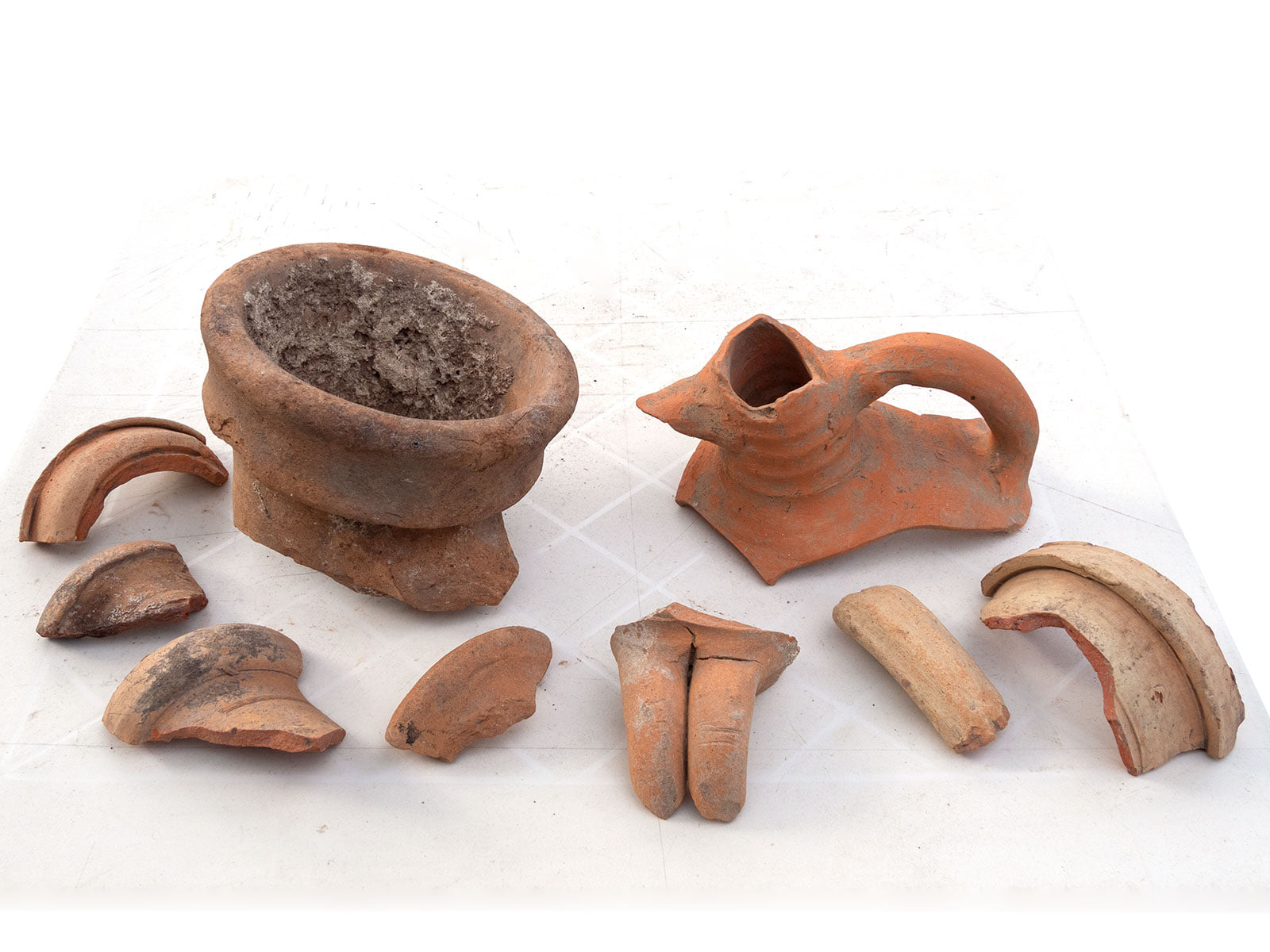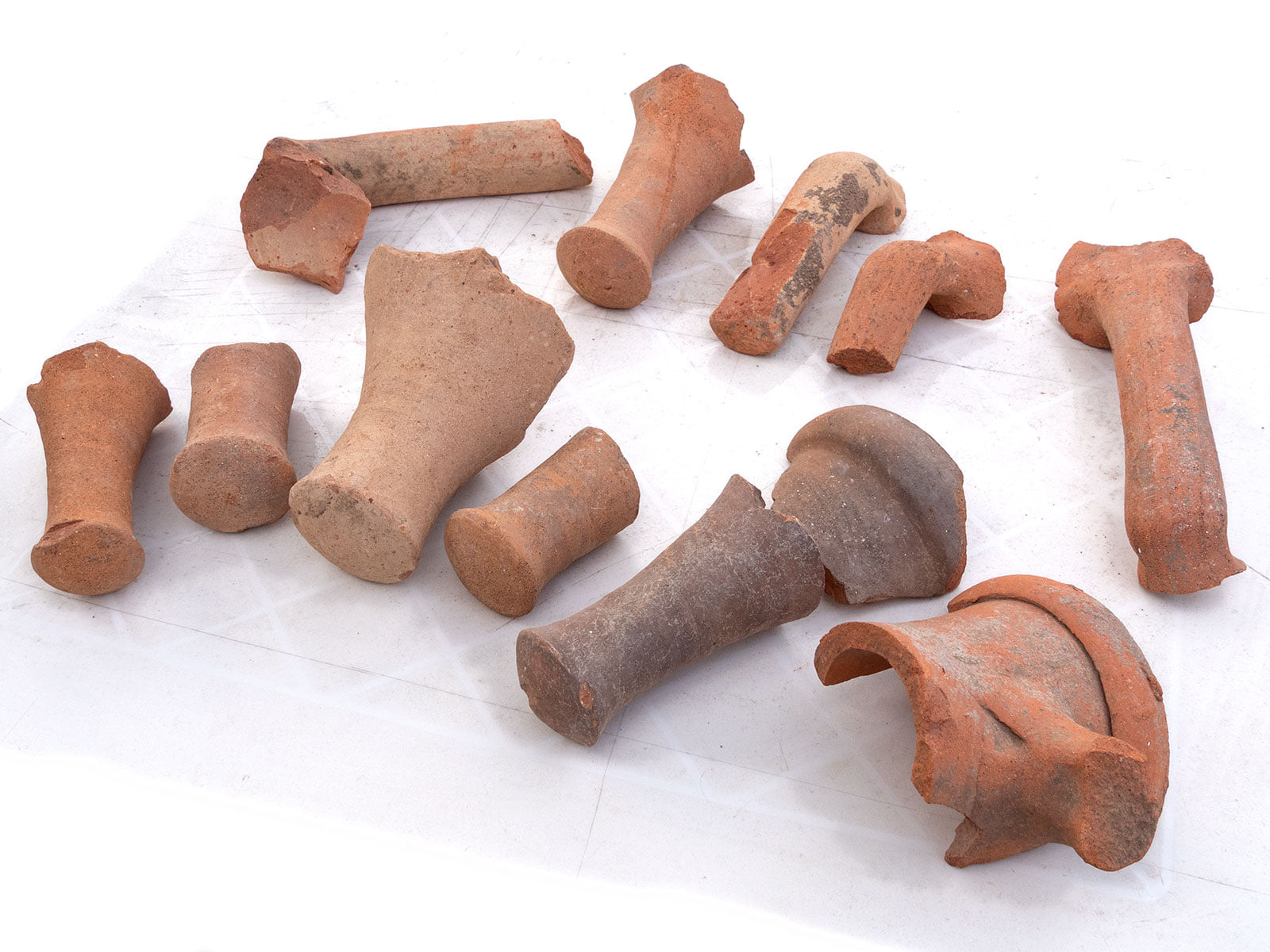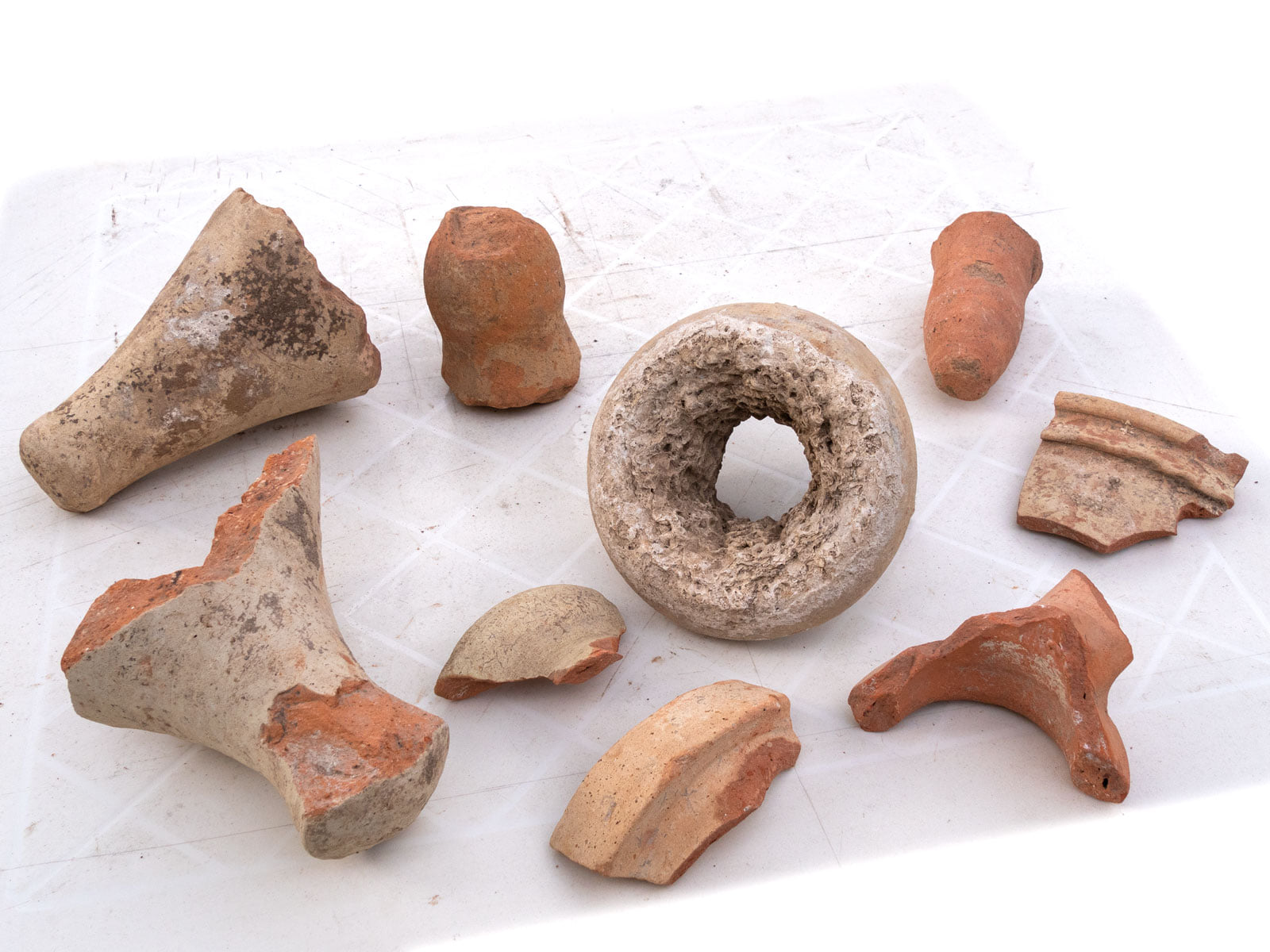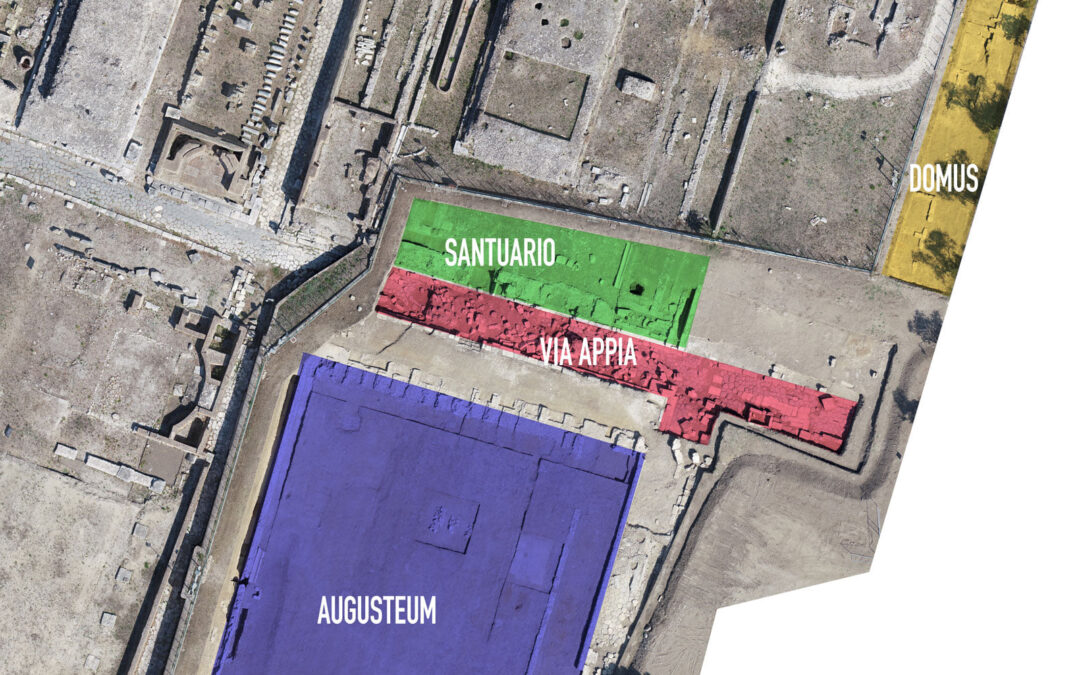Mentre i bolli laterizi rinvenuti negli scavi ci raccontano della fase iniziale di monumentalizzazione sul castrum dell’antica Minturnae, a testimoniare un lasso temporale ben più ampio – che va dalla colonizzazione romana fino all’ultimo periodo di vita dell’area – è un’altra classe di materiali: le anfore.
Sono state rinvenute in tutte le aree di scavo: sull’Augusteum e nel massiccio interro della Via Appia, così come negli strati di riempimento del santuario urbano e della “domus del castrum”.
I non molti frammenti rinvenuti sono significativi per l’identificazione delle forme, per la datazione, la provenienza… in questi giorni vedremo che cosa ci raccontano questi “cocci” 🙂
